
Welcome to our store
 Beauty
Beauty
 Bone
Bone
.svg?v=1708553623743) Brain
Brain
 Digestion
Digestion
 Energy
Energy
 Eye Health
Eye Health
 General Wellness
General Wellness
 Heart
Heart
 Immune Health
Immune Health
 Joints
Joints
 Kids
Kids
 Men's Health
Men's Health
 Mood
Mood
 Prenatal & Postnatal
Prenatal & Postnatal
 Sleep
Sleep
 Stress
Stress
 Women's Health
Women's Health
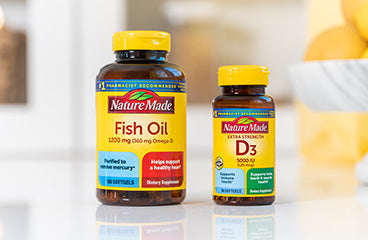
Discover which Nature Made vitamins and supplements can support your wellness goals†
Get started now.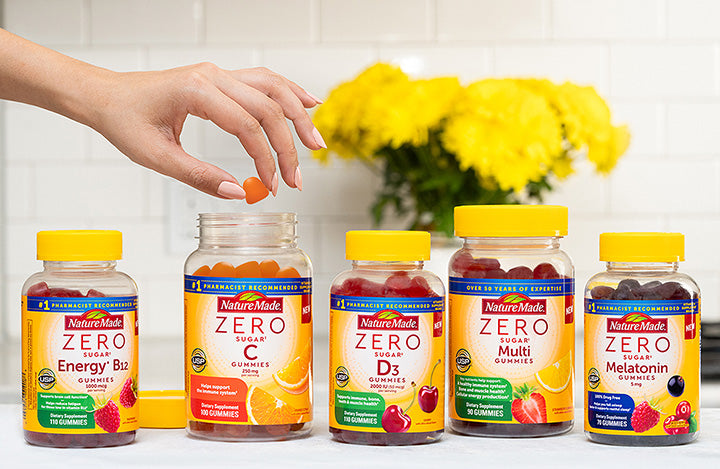
Discover how you can get the benefits you want from the nutrients you need without the sugar normally found in gummies.†
New Zero Sugar Gummies‡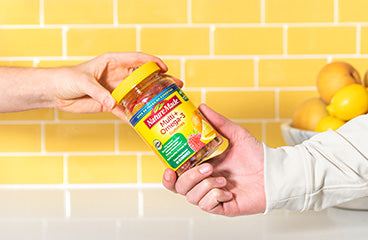
Adding a multi to your morning routine sets you up for a great day ahead.
Find Your Multivitamins
Access expert insights, research, and other helpful content related to your health.
Explore Health Resources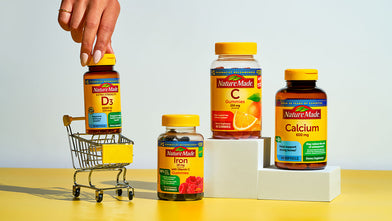
Learn where our story began, and how we continue to evolve alongside our customers.
Discover Nature Made$0.00 away from Free Shipping You have earned Free Shipping

Wellblends™ Immune MAX® Fizzy Drink Mix
Free ($19.99 value)
Aug 05, 2022
Digestion
,
Healthy Eating
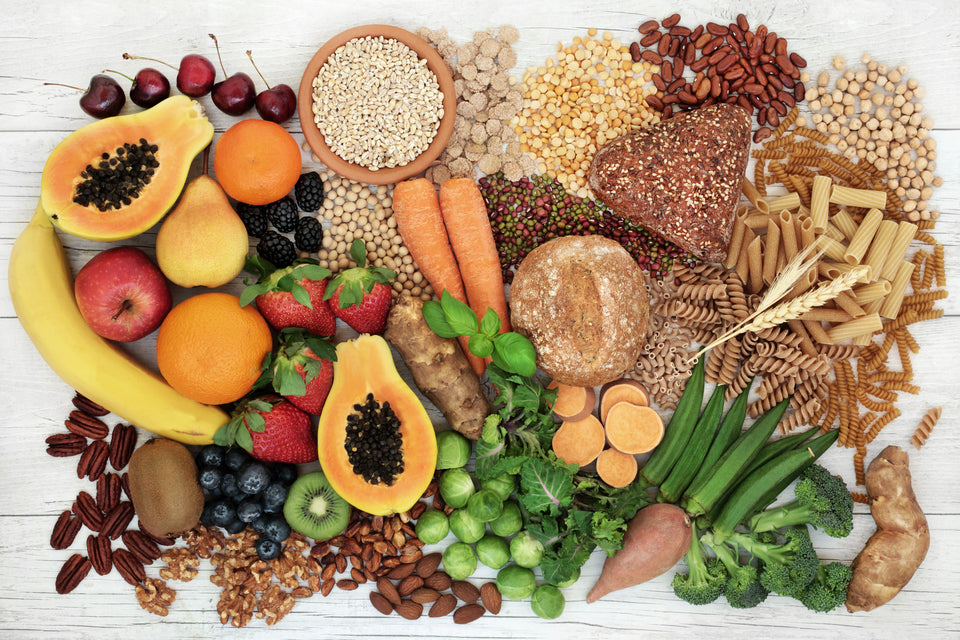
While you might love your burgers and grilled chicken, even meat eaters need to eat plant-based foods like fruits, vegetables, nuts, seeds, and legumes. Besides providing an abundance of key vitamins and minerals, these plant-based foods also deliver a much-needed helping of fiber. †
Well known for its role in supporting a healthy digestive system, dietary fiber provides a variety of health benefits. Eating foods high in fiber helps with satiety, allowing you to feel full for a longer time, , helps support bowel health, maintains a healthy digestive tract, and helps support healthy cholesterol levels. [1,2,3] †
Looking for foods that are high in fiber? Read on to learn which foods have high fiber content.
As a type of carbohydrate, fiber can be categorized as soluble fiber and insoluble fiber. Soluble fiber dissolves in water and forms a viscous gel, helping with stool regularity. Soluble, readily fermentable fibers (as used in Nature Made® Fiber Gummies) such as inulin are also called prebiotic fibers because they stimulate the growth and activity of beneficial bacteria in the large intestine. Soluble, viscous, fermentable fibers have been shown to help blood cholesterol levels. Insoluble fibers do not dissolve in water, provide bulk to stool and may help with stool regularity. [4] Both types of fiber provide health benefits, so it’s important to eat a wide variety of high-fiber foods. †
To ensure you have adequate fiber intake, you need to know which foods are high in fiber. What are the best sources of fiber? All plant-based foods contain both soluble and insoluble fiber. In general, oats, legumes (beans), nuts and seeds, fresh and dried fruit and vegetables are good sources of soluble fiber. Wheat bran, brown rice, barley and whole grains are great sources of insoluble fiber.
Here’s a rundown of foods with lots of fiber, based on a one-cup serving (unless noted otherwise). [1,6,7]
Other great sources of fiber include beans (such as artichokes, black beans, navy beans, and kidney beans) brown rice, Brussels sprouts, bulgur, oat bran, quinoa, sweet potatoes, and wheat bran. You can also search the USDA national nutrient database to learn about fiber content and nutrient content of any food.
Health experts recommend that adults between 19-50 years old need 25 grams of fiber per day for females and 38 grams of fiber per day for males and adults over 50 need 21 grams of fiber per day for females and 30 grams of fiber per day for males, but most Americans get only about 15 grams a day. [8, 9], which is less than half the recommended amount.
Having either too much or too little fiber can cause health issues.
If you add too much fiber to your diet too quickly, this can cause abdominal bloating, cramping, and intestinal gas. [2] To avoid this problem, slowly increase your fiber intake over a few weeks. This gives the natural bacteria in your digestive system time to gradually adjust to the change. And don’t forget to drink plenty of water and other non-caffeinated beverages, as proper hydration is needed to avoid any digestive issues.
If you eat too little fiber (which is more common), this can also cause health issues. Eating a low-fiber diet can wreak havoc on your digestive system. Low-fiber intake commonly leads to infrequent bowel movements as well as stools that are difficult to pass, too firm, or too small. [10]
While you should always look to food as your best source of nutrients, fiber supplements can contribute to your recommended daily intake—especially if you don’t eat enough whole grains, fruits, vegetables, and other fiber-rich foods.
Because fiber is in so many plant-based foods, it’s easy to get more foods with lots of fiber into your daily diet. Try these suggestions:
For more tips on incorporating more foods with fiber into your diet, talk to a registered dietitian. And ask your health professional about taking a fiber supplement to help increase your fiber intake.
Found naturally in many plant-based foods, fiber can be categorized as either soluble or insoluble fiber. Even though fiber supports digestive health, research show most Americans are consuming less than half the recommended amount of fiber in their daily diet. A low-fiber diet can cause digestive issues. In general, oats, legumes (beans), nuts and seeds, fresh fruit and dried fruit and vegetables are good sources of soluble fiber. Wheat bran, brown rice, barley and whole grains are great sources of insoluble fiber.
Continue to check back on the Nature Made blog for the latest science-backed articles to help you take ownership of your health.
† These statements have not been evaluated by the Food and Drug Administration. These products are not intended to diagnose, treat, cure, or prevent any disease.
Receive the Latest News and Special Offers
NatureMade Contributor
Lisa Beach is a seasoned journalist whose work has been published in The New York Times, Good Housekeeping, Eating Well, Parents, AARP’s Disrupt Aging, Optimum Wellness, and dozens more. She also writes for a variety of health/wellness-focused brands. Check out her writer’s website at www.LisaBeachWrites.com.
Read MoreScience and Health Educator
As a member of the Medical and Scientific Communications team, Sandra educates healthcare professionals and consumers on nutrition, supplements, and related health concerns. Prior to joining Pharmavite, Sandra worked as a clinical dietitian at University of Chicago Medicine in the inpatient and outpatient settings. Sandra received her Bachelor of Science degree in Nutritional Science, with minors in Spanish and Chemistry from the University of Arizona in Tucson, AZ. She earned her Master of Science degree in Clinical Nutrition from RUSH University in Chicago, IL. As part of her Master’s program, Sandra performed research on physical activity participation and correlates in urban Hispanic women.
Read MoreWe have combined both carts to keep all items.
View My Cart
